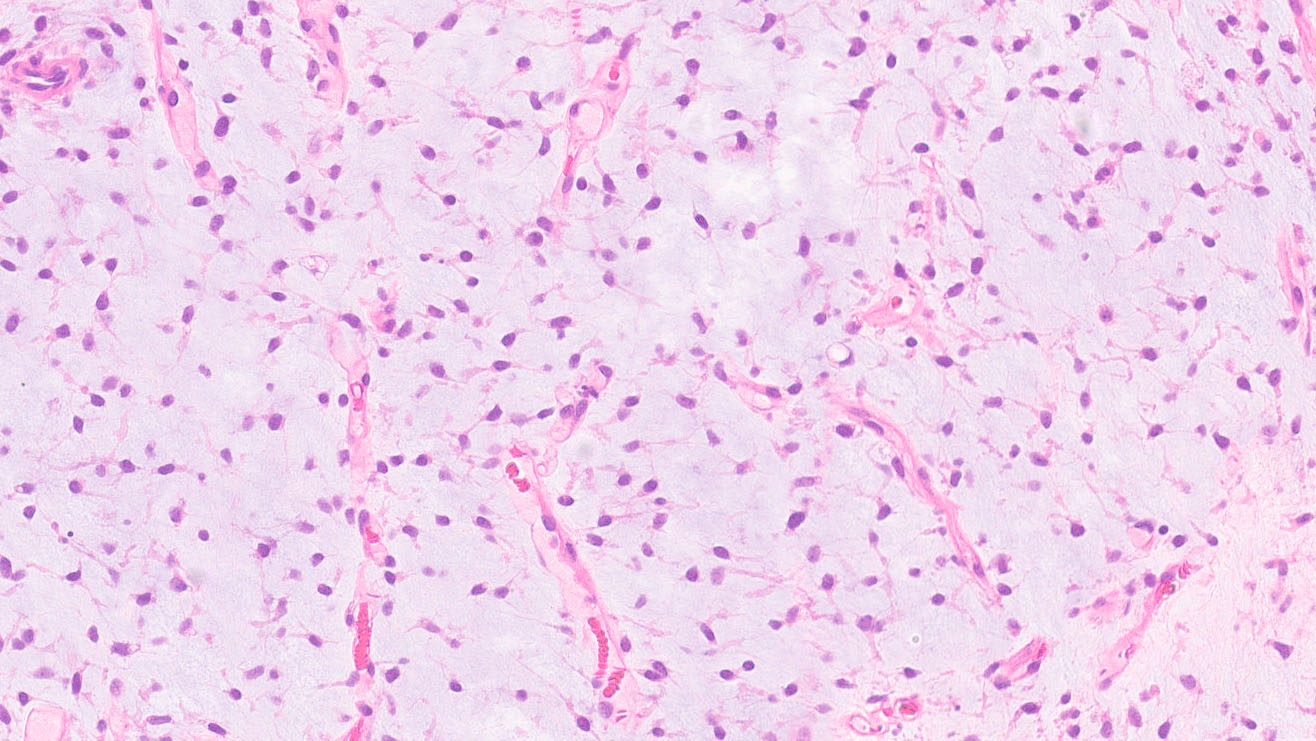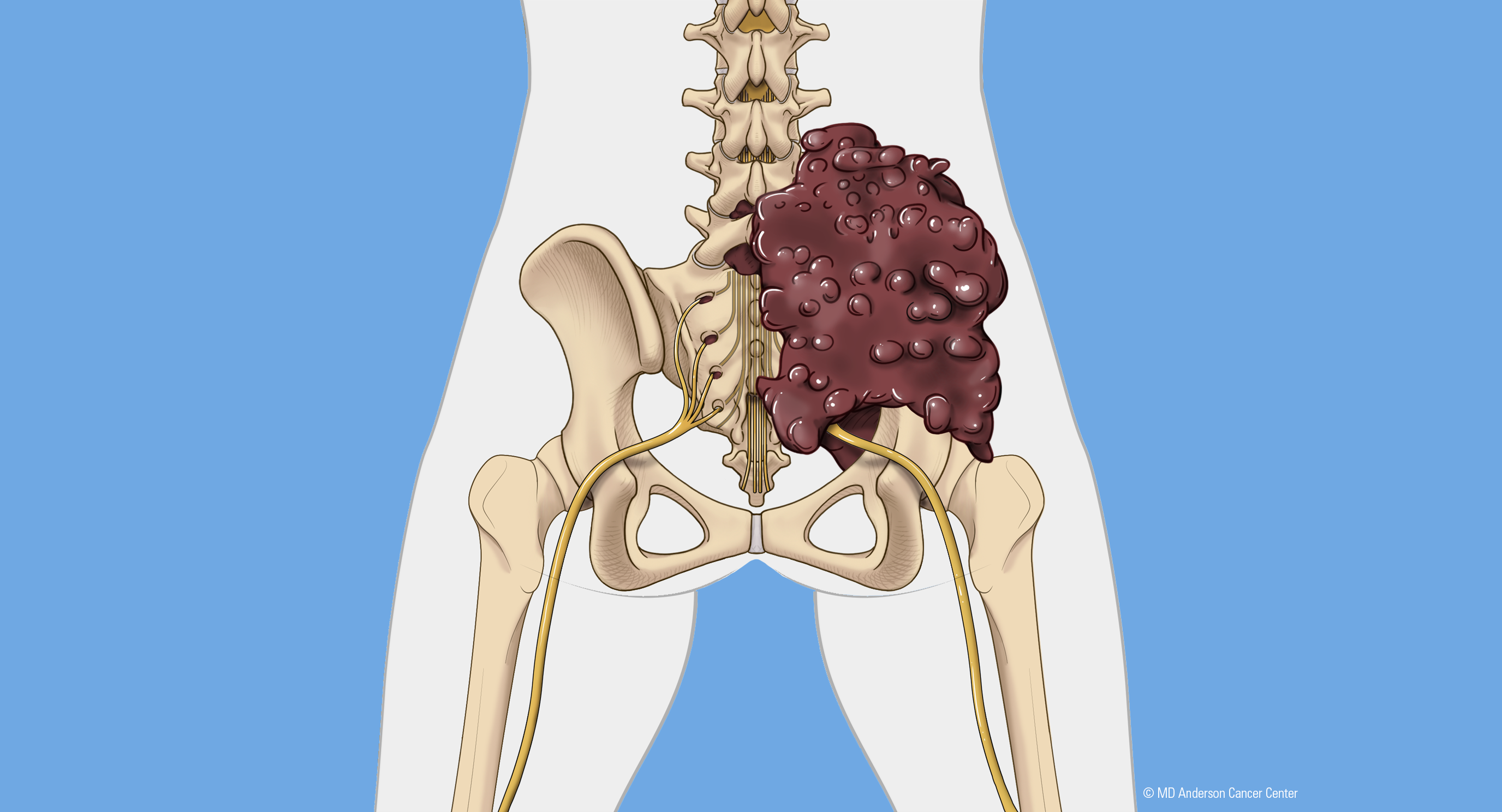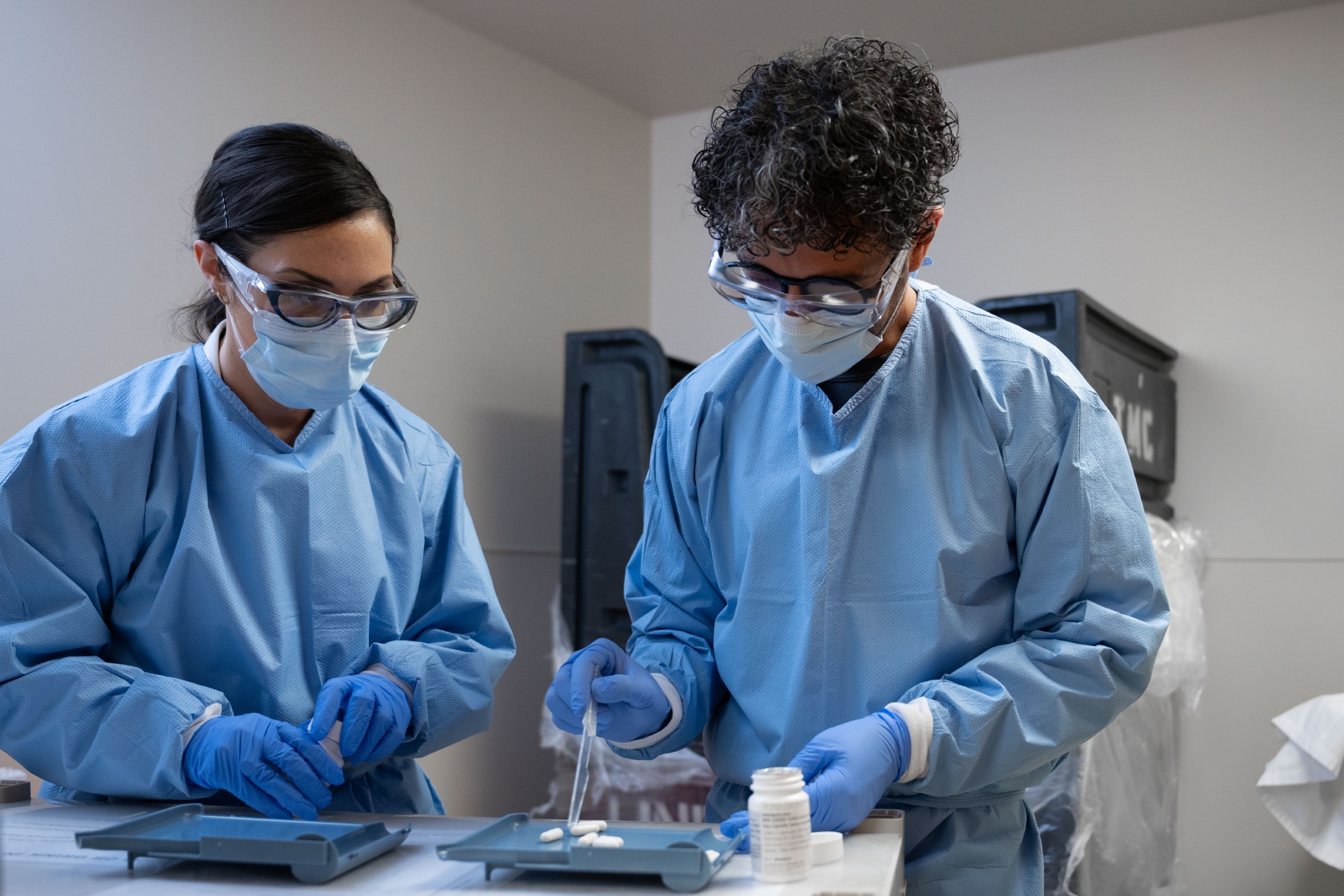- Diseases
- Acoustic Neuroma (16)
- Adrenal Gland Tumor (24)
- Anal Cancer (70)
- Anemia (2)
- Appendix Cancer (18)
- Bile Duct Cancer (26)
- Bladder Cancer (74)
- Brain Metastases (28)
- Brain Tumor (234)
- Breast Cancer (726)
- Breast Implant-Associated Anaplastic Large Cell Lymphoma (2)
- Cancer of Unknown Primary (4)
- Carcinoid Tumor (8)
- Cervical Cancer (164)
- Colon Cancer (168)
- Colorectal Cancer (118)
- Endocrine Tumor (4)
- Esophageal Cancer (44)
- Eye Cancer (36)
- Fallopian Tube Cancer (8)
- Germ Cell Tumor (4)
- Gestational Trophoblastic Disease (2)
- Head and Neck Cancer (14)
- Kidney Cancer (130)
- Leukemia (342)
- Liver Cancer (50)
- Lung Cancer (286)
- Lymphoma (278)
- Mesothelioma (14)
- Metastasis (30)
- Multiple Myeloma (100)
- Myelodysplastic Syndrome (60)
- Myeloproliferative Neoplasm (6)
- Neuroendocrine Tumors (16)
- Oral Cancer (102)
- Ovarian Cancer (178)
- Pancreatic Cancer (160)
- Parathyroid Disease (2)
- Penile Cancer (14)
- Pituitary Tumor (6)
- Prostate Cancer (150)
- Rectal Cancer (58)
- Renal Medullary Carcinoma (6)
- Salivary Gland Cancer (14)
- Sarcoma (238)
- Skin Cancer (300)
- Skull Base Tumors (56)
- Spinal Tumor (12)
- Stomach Cancer (66)
- Testicular Cancer (28)
- Throat Cancer (92)
- Thymoma (6)
- Thyroid Cancer (100)
- Tonsil Cancer (30)
- Uterine Cancer (86)
- Vaginal Cancer (18)
- Vulvar Cancer (22)
- Cancer Topic
- Adolescent and Young Adult Cancer Issues (22)
- Advance Care Planning (12)
- Biostatistics (2)
- Blood Donation (18)
- Bone Health (8)
- COVID-19 (360)
- Cancer Recurrence (120)
- Childhood Cancer Issues (120)
- Clinical Trials (628)
- Complementary Integrative Medicine (22)
- Cytogenetics (2)
- DNA Methylation (4)
- Diagnosis (238)
- Epigenetics (6)
- Fertility (62)
- Follow-up Guidelines (2)
- Health Disparities (14)
- Hereditary Cancer Syndromes (128)
- Immunology (18)
- Li-Fraumeni Syndrome (8)
- Mental Health (122)
- Molecular Diagnostics (8)
- Pain Management (62)
- Palliative Care (8)
- Pathology (10)
- Physical Therapy (18)
- Pregnancy (18)
- Prevention (936)
- Research (390)
- Second Opinion (78)
- Sexuality (16)
- Side Effects (616)
- Sleep Disorders (10)
- Stem Cell Transplantation Cellular Therapy (216)
- Support (408)
- Survivorship (328)
- Symptoms (182)
- Treatment (1788)
Progress in Ewing’s sarcoma treatment
4 minute read | Published May 28, 2021
Medically Reviewed | Last reviewed by an MD Anderson Cancer Center medical professional on May 28, 2021
Ewing’s sarcoma is a rare cancer that can occur in the bones or soft tissues. It’s more common in children and teens than in adults, but it accounts for only around 1% of childhood cancer cases. Only about 30% of patients with Ewing’s sarcoma are over age 20, and the disease tends to be even more difficult to treat in these cases.
Although many patients with Ewing’s sarcoma are cured with traditional chemotherapy, there haven’t been many treatment options for patients with relapsed disease. But recently, researchers have discovered new drugs and therapeutic regimens that may provide more treatment options for Ewing’s sarcoma patients.
We spoke with Ravin Ratan, M.D., assistant professor of Sarcoma Medical Oncology, to learn about advances in sarcoma treatment, including results from a clinical trial he is presenting at the virtual 2021 American Society of Clinical Oncology (ASCO) Annual Meeting (Abstract 11500).
How is Ewing’s sarcoma typically treated?
In children and adolescents, oncologists typically prescribe a combination of five drugs given in an alternating order for up to a year. This combination therapy is able to cure around 70% of young patients with localized disease. But if the cancer is metastatic, does not respond to treatment, or relapses, then prognosis tends to be poor.
Variations of this combination therapy are used for adults, as well, but often adults cannot tolerate a full year of the same intensive treatment given to children. This may partially explain why adult patients with Ewing’s sarcoma have lower rates of cure than younger patients. Therefore, our researchers are trying to find tolerable and effective treatments for adult patients with Ewing’s sarcoma.
How do genetic markers influence development of Ewing’s sarcoma?
Ewing’s sarcoma is one of several sarcomas that are caused by specific genetic changes. The most common genetic change with this disease is fusion of two genes called EWSR1 and FLI1. FLI1 is part of a group called ETS genes, and when EWSR1 fuses with FLI1, an abnormal transcription factor protein is created. This protein then interacts with DNA in a way that causes cells to grow abnormally and develop cancer in the bone or soft tissue.
What research is being done on therapies that target the genetic markers of Ewing’s sarcoma?
In our ongoing clinical trial including adult and pediatric patients with metastatic, relapsed or refractory Ewing’s sarcoma, we are administering the standard chemotherapy drug vincristine in combination with TK216, a novel inhibitor of ETS proteins. It can be difficult to target transcription factors like the abnormal one created by the EWSR1-FLI1 fusion, but TK216 seems to work by interrupting the interactions between this abnormal protein and the genes that drive the cancer’s growth.
Overall, almost half of the patients treated with TK216 experienced clinical benefits – either complete response or stable disease – and two patients are now in complete remission with no evidence of recurrence for over one and two years. The drug is well-tolerated, with common side effects being fatigue and low red or white blood cell counts. We believe combination therapy with TK216 is a promising option for the subset of patients with metastatic and relapsed Ewing’s sarcoma.
What future research is needed?
While we see a number of patients who clearly benefit from TK-216, others do not. At this time, we do not know why that is. We need to further examine the relationship between new drugs like this and the specific properties of a given patient’s cancer so that we can determine, before we start treatment, which patients are likely to respond to a therapy and which will not. Although Ewing’s sarcoma is largely driven by a single common genetic change, each case progresses differently. We don’t understand all of the factors that contribute to a patient’s response to treatment.
For TK-216 in particular, we also understand from laboratory studies that prolonged treatment seems to be more effective than short treatments. This is why the medication in the study is given continuously via an infusion pump for 14 days. Finding ways to make even longer treatment courses more manageable with dose alterations or better supportive treatment may be helpful in increasing the benefit patients obtain from the medication.
Request an appointment at MD Anderson online or by calling 1-877-632-6789.
Ewing’s sarcoma is a rare cancer that can occur in the bones or soft tissues. It’s more common in children and teens than in adults, but it accounts for only around 1% of childhood cancer cases. Only about 30% of patients with Ewing’s sarcoma are over age 20, and the disease tends to be even more difficult to treat in these cases.






